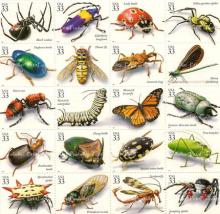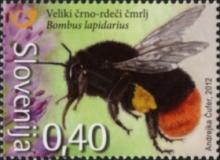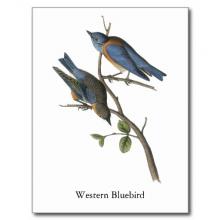Cocktail of multiple pressures combine to threaten the world’s pollinating insects
A new review of insect pollinators of crops and wild plants has concluded they are under threat globally from a cocktail of multiple pressures, and their decline or loss could have profound environmental, human health and economic consequences. Globally, insects provide pollination services to about 75% of crop species and enable reproduction in up to 94% of wild flowering plants. Pollination services provided by insects each year worldwide are valued at over US$200 billion. The review, published on 22nd April 2013 in the scientific journal Frontiers in Ecology and the Environment, was carried out by an international team of 40 scientists from 27 institutions involved in the UK's Insect Pollinators Initiative (IPI), a £10m research programme investigating the causes and consequences of pollinator decline. Dr Adam Vanbergen, from the UK's Centre for Ecology & Hydrology (CEH) and science coordinator of the IPI, led the review. He said, "There is no single smoking gun behind pollinator declines; instead there is a cocktail of multiple pressures that can combine to threaten these insects. For example, the loss of food resources in intensively farmed landscapes, pesticides and diseases are individually important threats, but are also likely to combine and exacerbate the negative impacts on pollinators."










